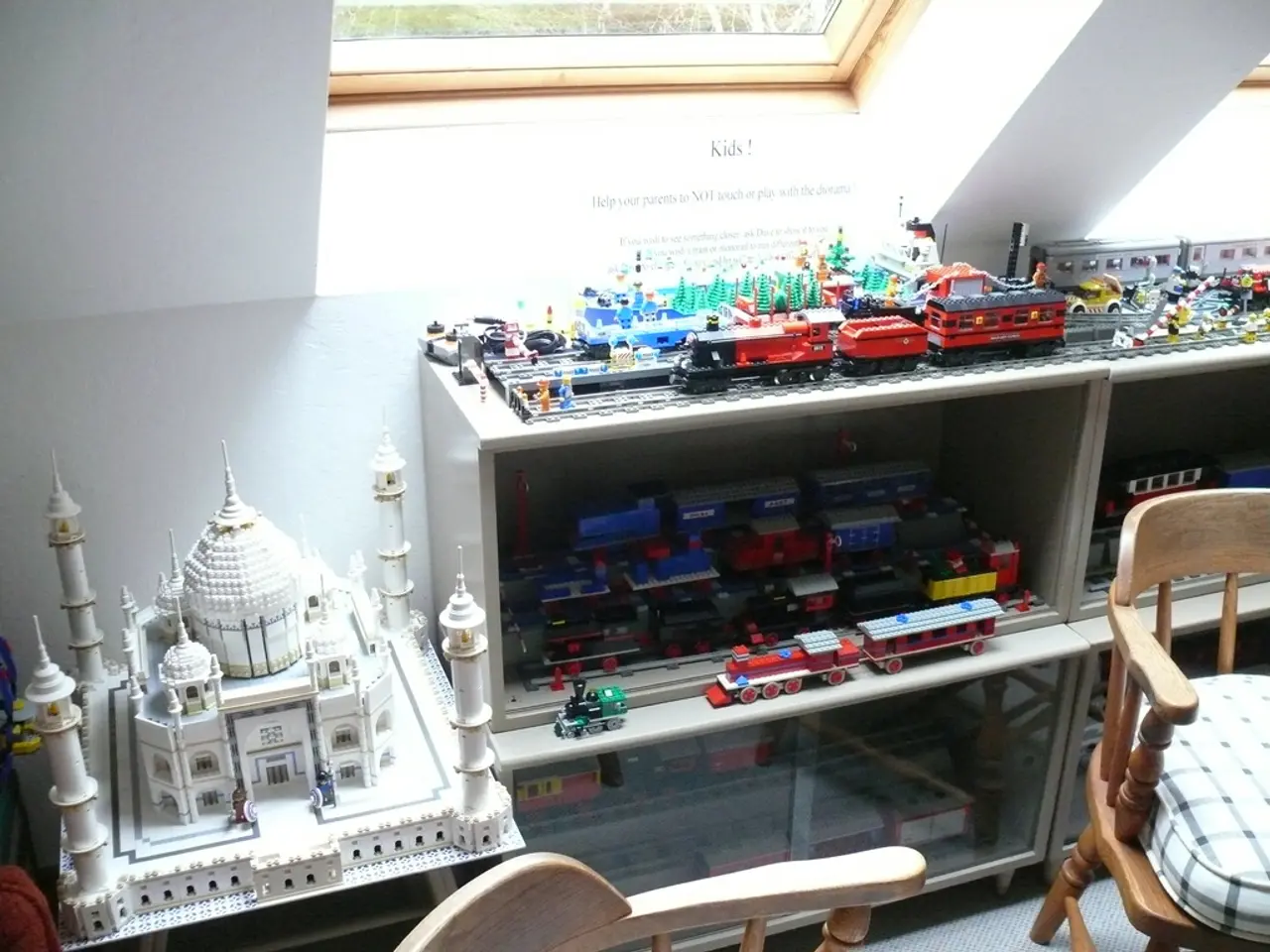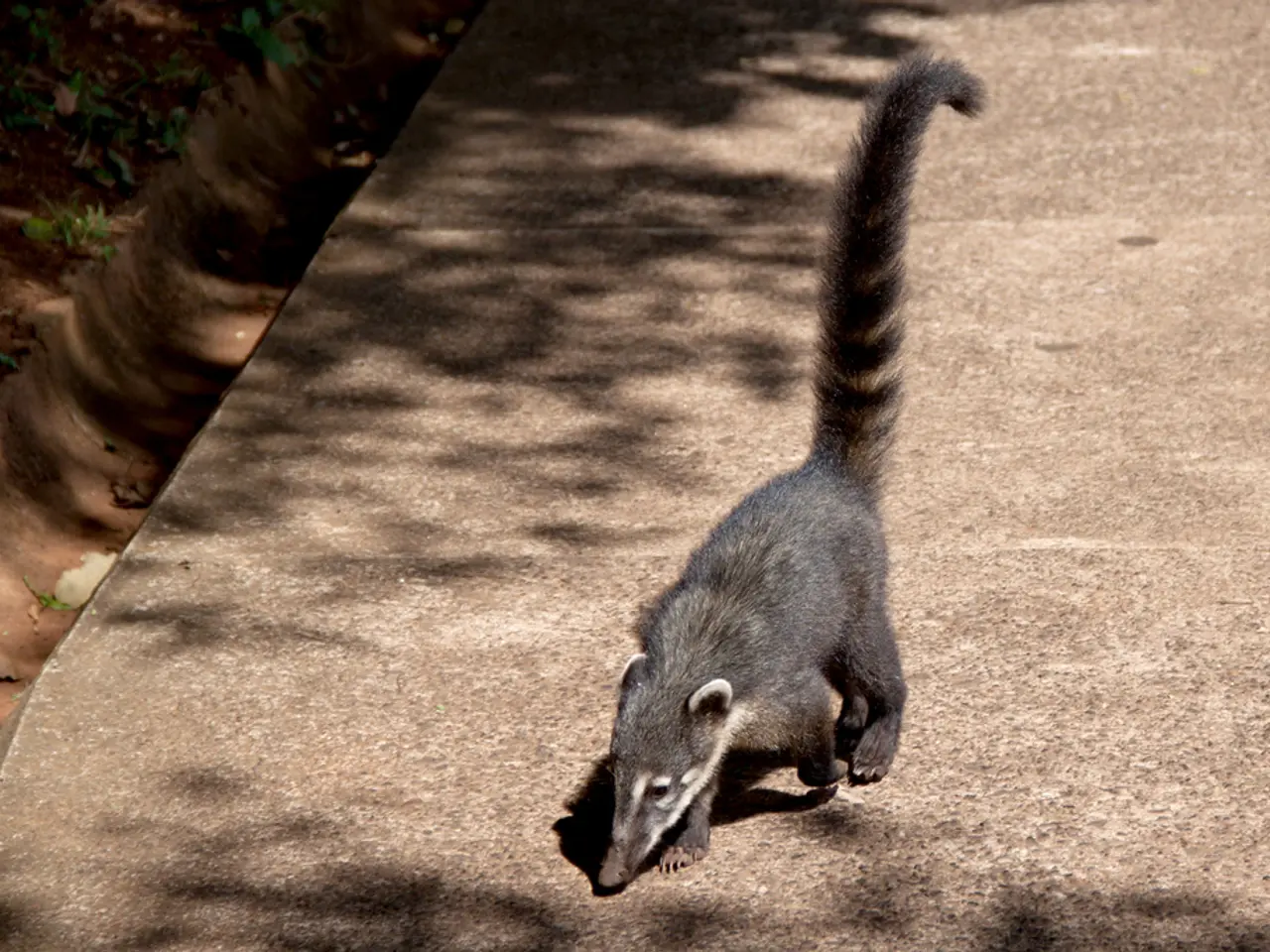Expense of Installing a Whole-House Fan: Price Breakdown
In the quest for a more sustainable and affordable cooling solution, whole-house fans have emerged as a popular choice for homeowners. These innovative devices, equipped with smart tools like timers, adjustable speeds, thermostats, and hygrometers, offer an eco-friendly alternative to traditional air conditioning.
Ideally, whole-house fans thrive in cooler outdoor air temperatures during mornings and evenings, and in dry or moderately dry climates. By pulling fresh, cool air through open windows and exhausting hot indoor air through attic vents, they quickly reduce indoor temperatures without relying heavily on air conditioning.
Key factors to consider include operating the fans during cooler parts of the day, such as early morning or late evening, to flush out accumulated heat and bring in fresh cooler air. They are also efficient in dry or moderately humid conditions, but in very humid climates, air conditioning might still be necessary. It's essential to have open windows to allow fresh air to enter as the fan pushes hot air out.
Conversely, during hot, humid days or when outdoor temperatures are higher than indoors, whole-house fans are less effective, and air conditioning is often required for comfort.
The average cost for a whole-house fan, including installation, ranges from $900 to $2,400. Fan shutters, which keep air out when the fan isn't in operation, typically cost between $40 and $200. An air-tight cover is necessary in the winter to keep the cold out and typically ranges from $30 to $85. Ridge vents for whole-house fan installation range from $300 to $650, while soffit vents cost between $315 and $465.
Whole-house fans are significantly more affordable than many other types of AC systems and use significantly less energy. They consume between 120 to 600 watts per hour compared to central AC units' 3,000 to 5,000 watts per hour.
These fans are often paired with air conditioners to deliver all-day cooling, and they can reduce overall AC usage and related energy costs. However, some installations may require carpenters and electricians, adding additional costs to the installation.
In summary, the ideal use of whole-house fans is in climates or times of day when outdoor air is cool and dry enough to effectively replace warm indoor air, typically during spring, fall, and summer evenings or mornings. This makes them a cost-effective and energy-efficient alternative to air conditioning in the right conditions. They are best in low-humidity climates with nighttime temperatures below 67°F.
While the initial investment may seem substantial, the long-term energy savings and environmental benefits make whole-house fans an attractive option for homeowners seeking a greener and more affordable cooling solution. The cost of permits for whole-house fan installation projects can range from $10 to $500. The least expensive vent for a whole-house fan installation is a gable vent, costing between $60 and $150 on average with installation. The labor cost for installing a whole-house fan ranges between $50 and $100 per hour, or about $300 to $1,000 for the entire installation.
- A contractor may be needed for the installation of whole-house fans, as some installations might require electricians and carpenters.
- The cost of permits for whole-house fan installation projects can vary, ranging from $10 to $500.
- In very humid or hot, humid climates, whole-house fans may not be as effective, requiring the use of air conditioners for comfort.
- Homeowners can pair whole-house fans with air conditioners to achieve all-day cooling, which can help reduce overall AC usage and related energy costs, making them a cost-effective and energy-efficient solution in the right conditions, particularly in low-humidity climates during spring, fall, and cooler summer evenings or mornings when outdoor air is cool and dry enough to replace warm indoor air.




